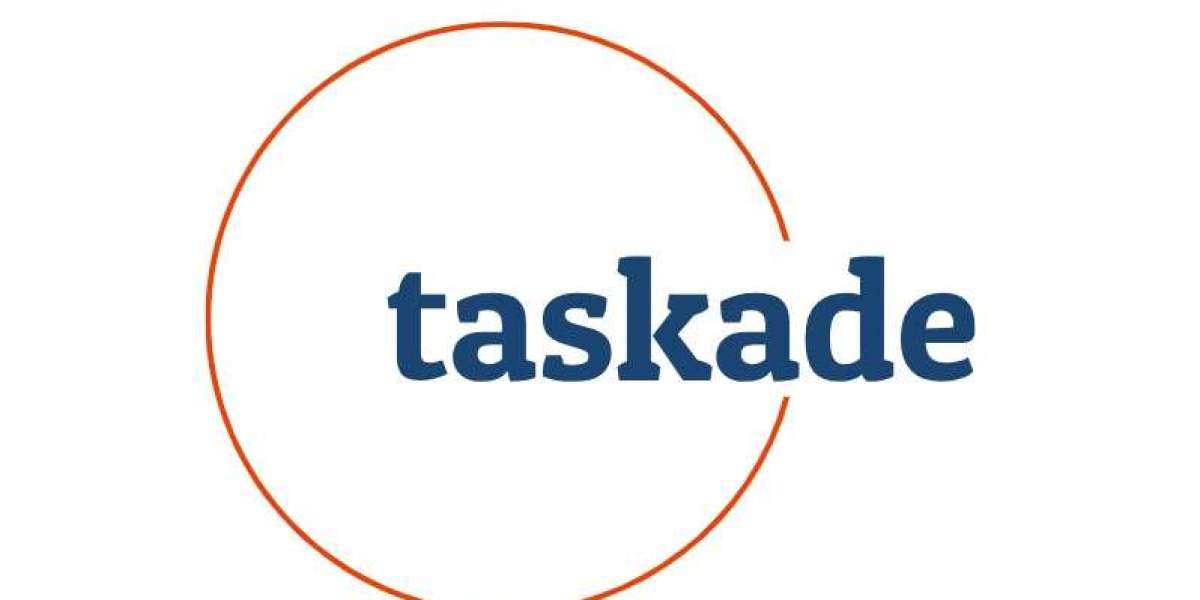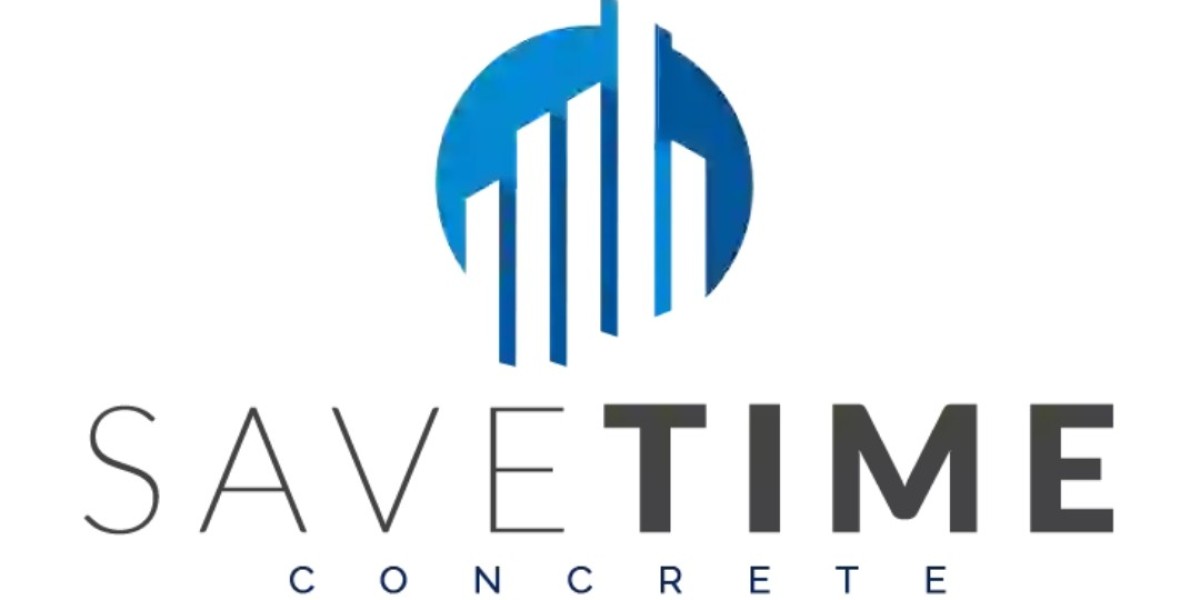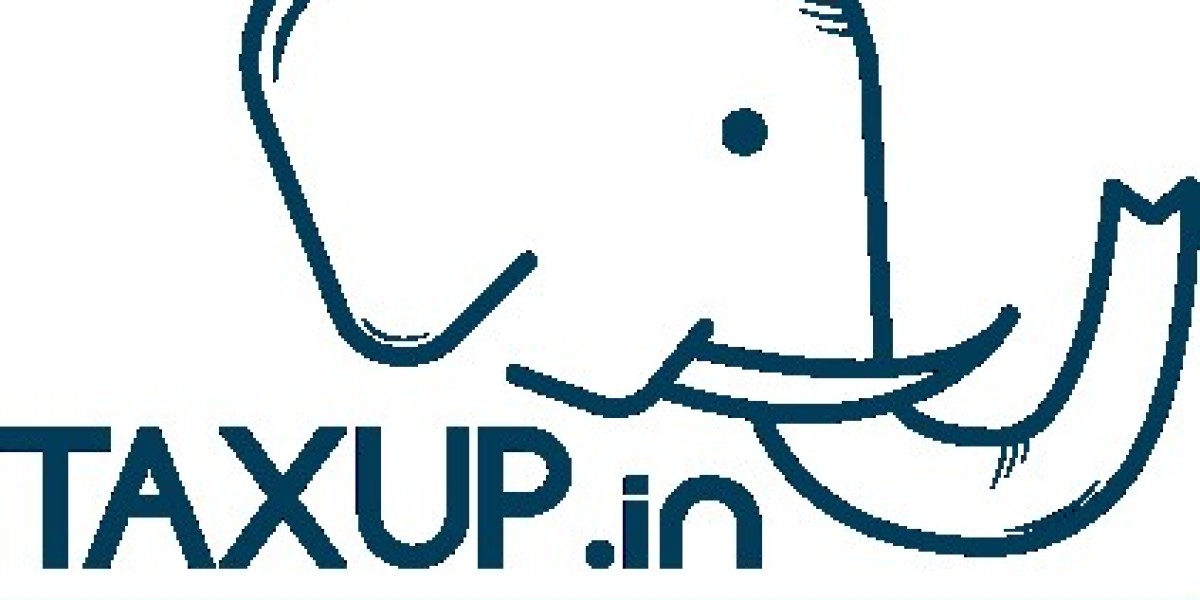AI Agents in the Workplace
Ai agents are intelligent tools that can help us automate work and outsource cognitive tasks. They can take in information and make decisions based on pre-defined goals or self-learning algorithms, using machine, deep, and reinforcement learning elements and techniques. They can also communicate with humans through natural language processing, recognizing speech and responding to requests.
While current technology doesn’t quite have a star AI like Jarvis or an amoral HAL 9000 from 2001 A Space Odyssey, there are already countless applications for ai in the workplace. From handling routine emails and social media posting to curating competitor analysis and company reports, no-code ai agents are poised to transform the way we work.
The ai agent ecosystem is evolving quickly, with open-source agents enabling anyone to build their own intelligent assistants. The landscape of open-source ai tools in 2023 includes many options, from simple, reactive agent systems to highly sophisticated hierarchical agents that combine high-level reasoning with low-level execution through a system structure.
Choosing the best ai agent for your project will depend on your needs and project scope. A good place to start is by evaluating the cost of customization requirements, the level of scalability desired in response to changing conditions or growth demands within your ecosystem, and any anticipated data management needs.
In general, ai agent’s are structured in a hierarchy to coordinate and prioritize tasks, providing more efficient performance in complex environments. For example, a software agent developed by Toran Bruce Richards called AutoGPT is structured as a hierarchical agent to conduct market research on smartphones by exploring websites and sources then generating comprehensive reports that summarize its findings. Hierarchical agents combine both low-level execution and high-level reasoning, making them a great fit for business processes that require both efficiency and precision.
Reactive agents are reactive to their environment, operating on a set of predefined condition-action rules. They can be implemented for short term goals such as automated customer service or robotics arms on factory floors. These types of agents don’t need memories and are based on immediate percepts, responding to sensory input without consideration of previous experiences.
Goal-based agents make decisions based on their distance from a desired state, taking into account both the current situation and knowledge they have about how to achieve that goal. These agents are more flexible than reactive agents and can be changed by updating their internal monologue.
For instance, if Dave has a meeting with Lisa that he forgot to schedule, an agent could automatically transcribe the notes and send them to Lisa’s inbox. This is how ai can reduce the amount of manual work required to kick off projects.
As an AI agent evolves, it’s important to provide feedback on its performance so that it can continuously improve its decision-making process and effectiveness. This feedback can be provided by a human operator or by the environment itself. The latter can be gathered by the agent through sensor data or through its internal monologue, which it uses to assess its progress towards its goal.








